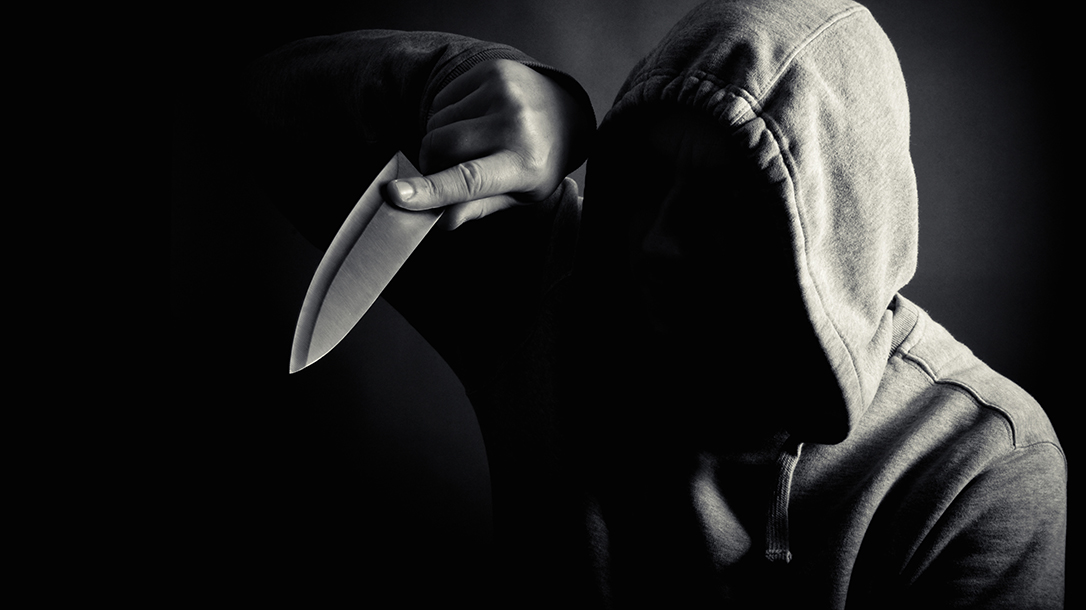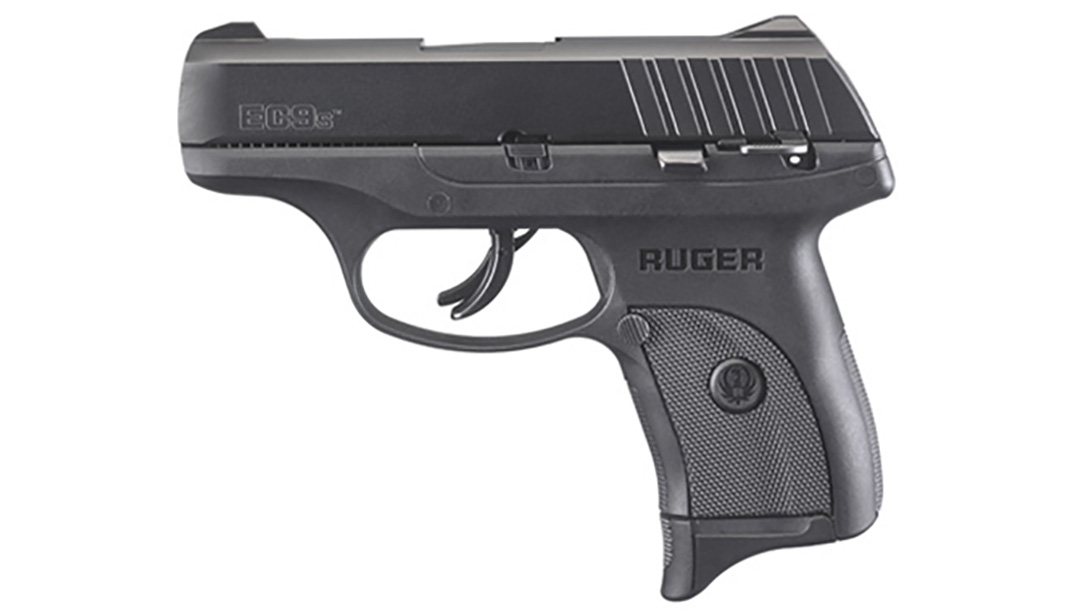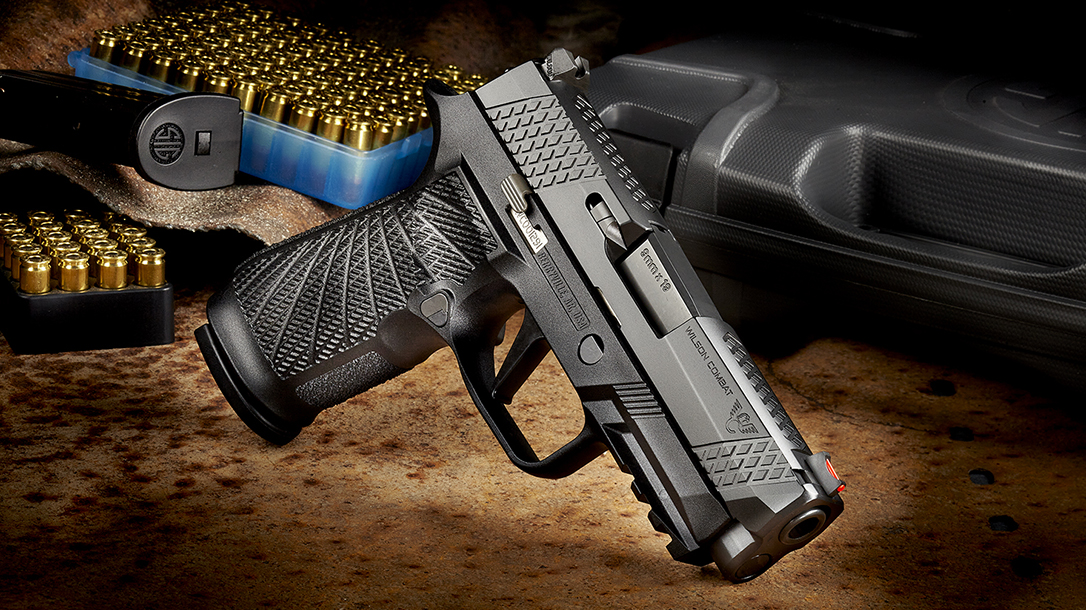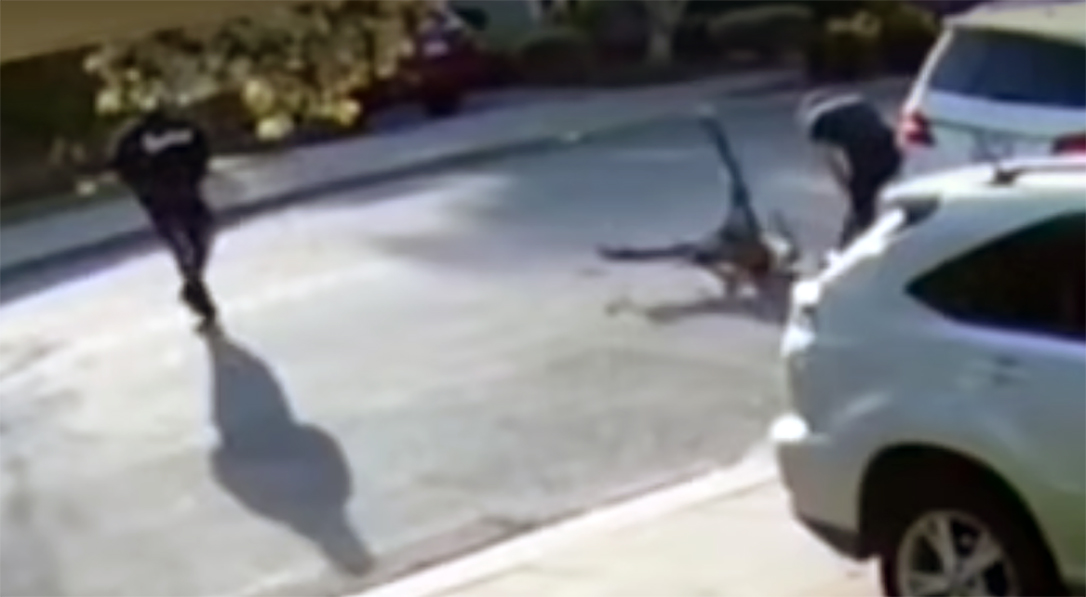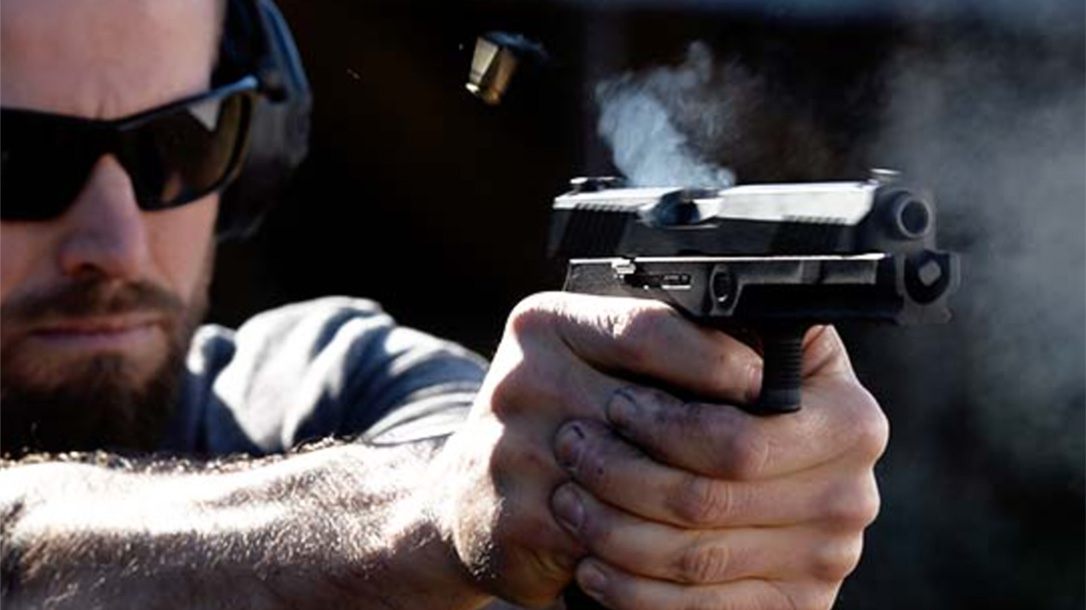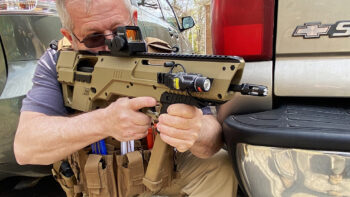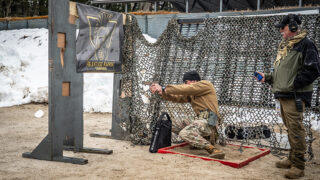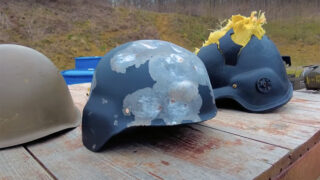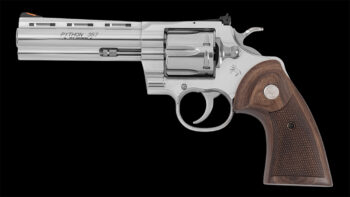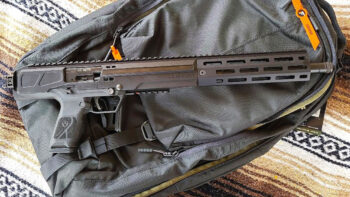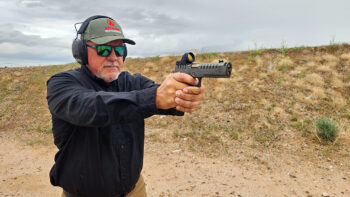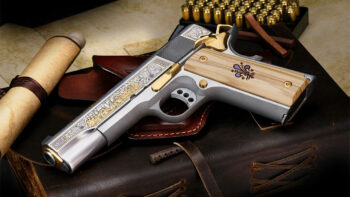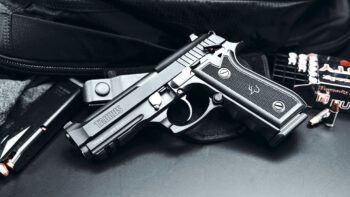Sound aggressive? It should. Being on either side of a knife in a violent encounter is likely one of the scariest things most of us could ever encounter. This article is about using a knife in self-defense, but first, let’s talk about what makes a knife so dangerous:
- Knives rarely “fail.”
- They don’t run out of ammo.
- Knives are always “live.”
- Edged implements are often weapons of opportunity.
- Knives require little skill.
- Knives are familiar to most people.
Deadly Force
Beyond the weapon, itself, a person willing to take a piece of steel and run it through skin, muscle and tendon is a very different kind of predator. Someone willing to use a knife is prepared to get bloody — to feel the life leave another human. This requires a different level of ferocity and lack of compunction about causing harm. Therefore, whether you are wielding a knife or defending against someone that is, your willingness and your ability to use maximum brutality may determine your survival.
So, let’s talk about using a knife if deadly force is required. When carrying a knife for personal protection, I am a big proponent of a concealed fixed blade. Carrying a folder for self-protection is like carrying a firearm in “Condition 3” (chamber empty, full magazine in place, hammer down). However, the knife you choose should be something that you WILL carry. If it is a chore, most people will leave it in a drawer or vehicle.
Knife Fighting
When it comes to “knife fighting,” a more appropriate description would be “fighting with a knife.” Having a different way of fighting — simply because I have a knife in my hand — makes little sense. Whether my background is in boxing, Muay Thai, wrestling, jiu-jitsu or another proven combat system, integrating a knife into the equation “offensively” should not be complicated. This should not require a new stance, lead hand, way to strike, etc. It will, however, require commitment, aggression and training. Here are a few basic principles when considering a knife fight.
- Purpose: committed intent.
- Power: stabbing/slashing as you would punch.
- Penetration: getting beyond muscle and fatty tissue for maximum damage.
- Precision: it matters, but not as much as many may think.
Carry Options
When it comes to using a knife, carry placement and accessing it under stress should be priorities. Empty-hand tactics, such as striking and wrestling, should afford you opportunities to draw the knife but, like anything else, training matters (get a knife that has a training version). Some principles to consider:
- It depends. The totality of the circumstances should dictate your response. “Never” and “always” in fighting are lies.
- Lead with something other than the knife — a punch, kick, headbutt, etc. —something that will take focus from the knife, making a defense more difficult.
- Fight the way you fight, with a knife in your hand.
- Stab ’em in the f*cking face.
Final Thoughts
That last one usually raises eyebrows. Consider this: It is not uncommon for people to be stabbed and mistake it for a punch, continuing to fight. There is a significant psychological advantage to delivering stabs and slashes to the face, which may result in shock and panic or, at the very least, create opportunities for other, more physically debilitating attacks (inner biceps, inner thighs, neck, groin, etc.). Ultimately, though, slashes and stabs should be an extension of the punches and grabs that manifest in the fight, impacting all available targets, punching and wrestling, knife in hand.
Remember, a knife should be reserved for only deadly force encounters, but should the occasion arise, be vicious, choose principles over techniques and stab ’em in the f*cking face.
Make sure to check out our podcast Skillset Live! Get in on the conversation on our social media pages or pick up a back issue at OutdoorGroupStore.com!
.








